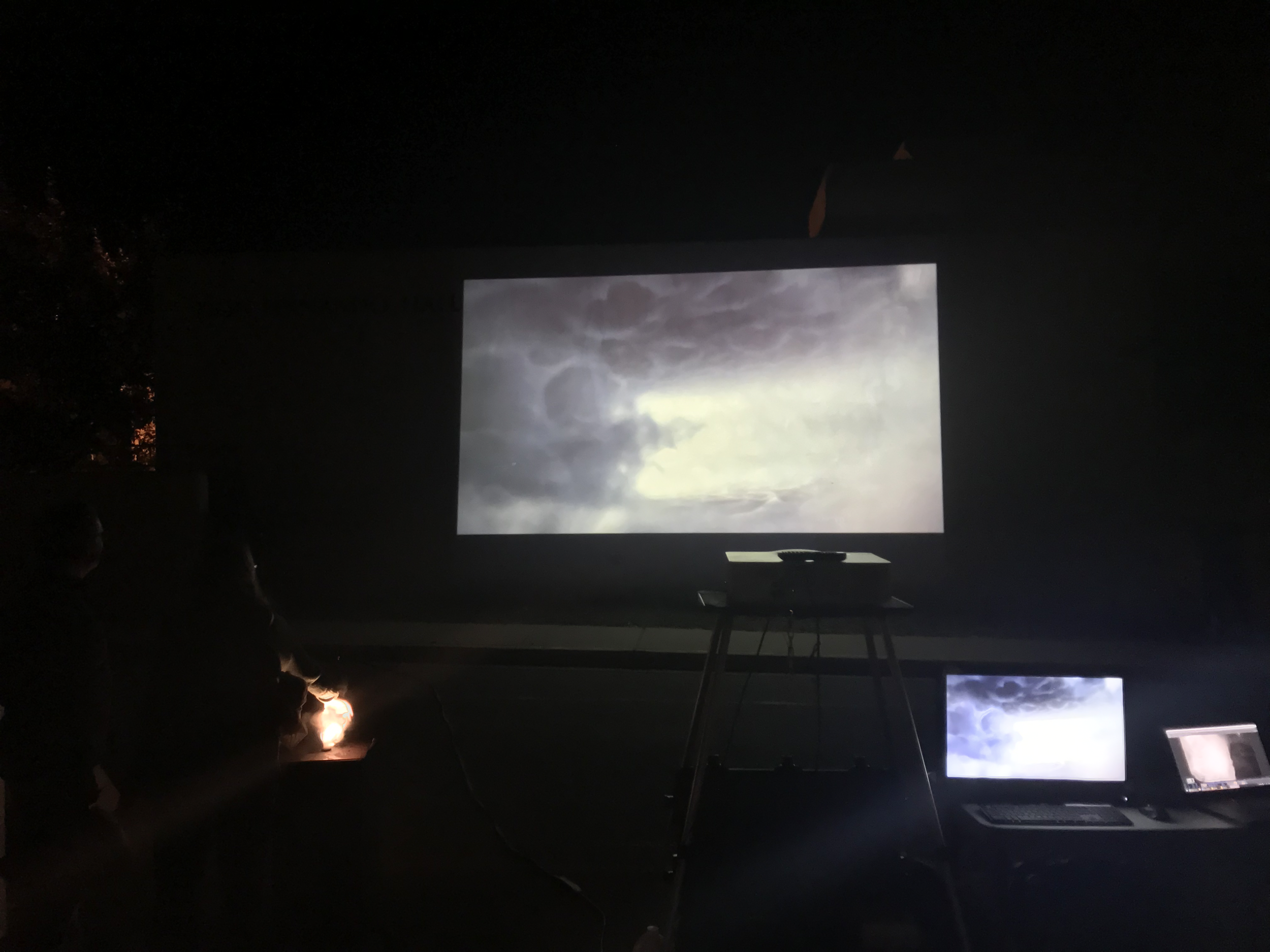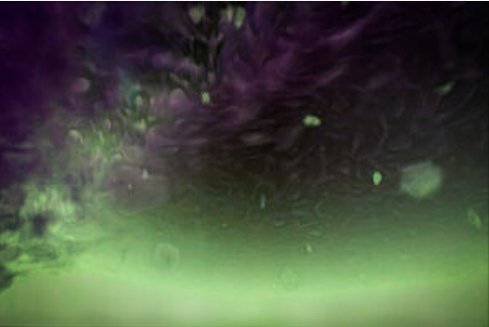Emil Polyak
Philadelphia, Pennsylvania
“Homeostasis” | Speculative Interactive Visual Experience
The project “Homeostasis” is a speculative interactive visual experience. It is a metaphorical representation of human interference with data interpretations. The animated artwork is generated in real-time using a dataset containing cumulative changes in sea level for the world’s oceans since 1880. The viewer can manipulate the data through a unique interactive vapor cloud that also modulates the generative process providing a natural flow and rhythm to digital motion. During the interaction, the viewer disrupts the phenomenon that alters the abstraction as an “aftermath” effect. Emerging technologies are more than ever impacting human interactions, while public perception of automation, artificial intelligence, and human enhancement remains critical. In creative fields, innovative ideas are often triggered by intersecting dissimilar phenomena filtered through aesthetic considerations. It can be argued that introducing Ai in artistic practice destroys spontaneity, intuition, and serendipity; consequently, the outcome is deliberate and premeditated. However, art is open to interpretations and through designing unorthodox digital artifacts, interfaces, and experiences in contrast with mainstream processes we can challenge existing beliefs and provoke new ideas to reach a better understanding of how our culture is affected by technology. The project “Homeostasis” is a speculative interactive visual experience. It connects a unique interface design with generative art and meaningful data to communicate an important topic. Shapes, colors, form, and timing is manipulated based on a set of design principles, while the pattern of a vapor cloud from an ultrasonic vaporizer is analyzed and processed in a machine learning model in real-time. The variations of the vapor pattern
enable infinite possibilities between the natural boundaries and provide exciting data through computer vision which is then driving the spatial and temporal attributes of the animation. The design is biologically inspired and it attempts to create an illusion of cellular lifeforms in deep waters.
About the artist: Emil Polyak is an Assistant Professor in the Department of Digital Media. He received a master’s degree in Cross-Disciplinary Art and Design from the University of New South Wales in Australia. With a background in 3D animation, interactive media, and digital arts, Polyak is actively exploring intersections of science, engineering, and art. His work is focusing on research-informed design practice with emerging and experimental creative technologies to expand disciplinary boundaries and to create meaningful experiences. The overarching goal of his scholarship is to reimagine creative practice with the possibilities and implications of computational creativity and to find new connections between emerging digital trends and artistic approaches to tell stories. Polyak is interested in producing experiences that are emotionally impactful and present ideas in new and surprising ways as an interplay between machines and humans. He taught at the New York University in Singapore, at Media Design School in New Zealand, and North Carolina State University. Polyak has collaborated with engineers, scientists, and musicians on various projects that resulted in exhibitions, live performances, and research. His work has been shown in museums, at festivals, and at conferences such as at ACM Siggraph, Smithsonian Institution, North Carolina Museum of Art, and the Museum for Contemporary Art and Design.








